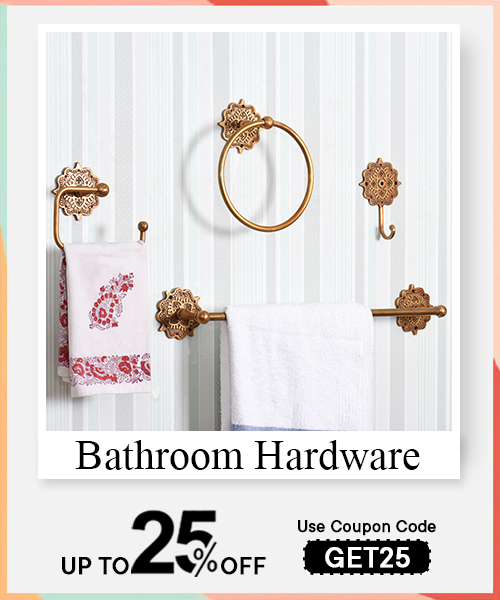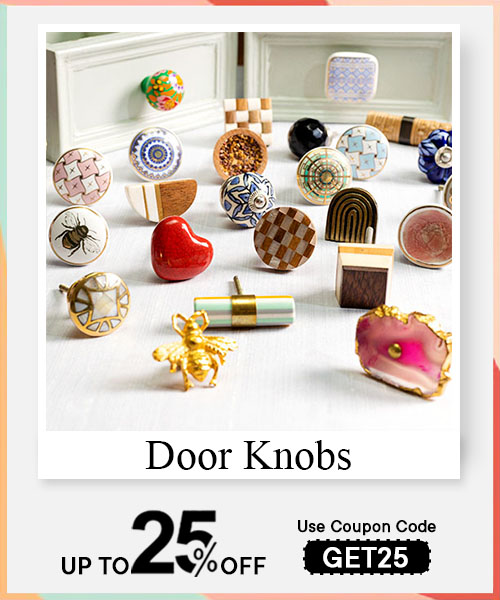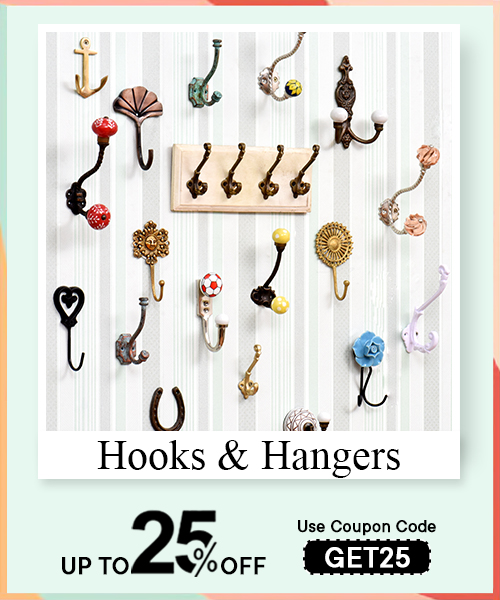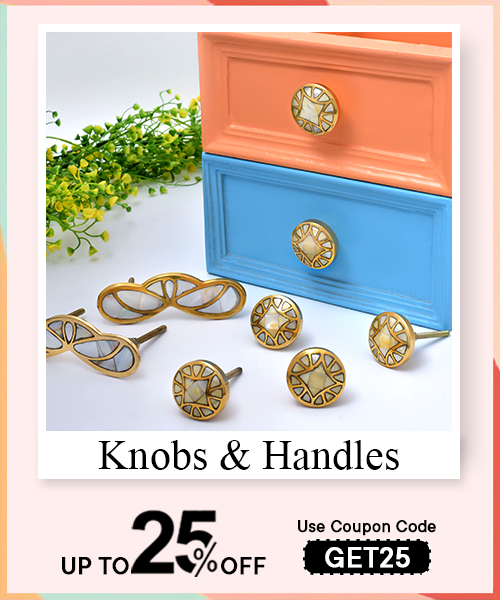Choosing the right handles for your kitchen cabinets can seem like a minor detail, but it significantly impacts your kitchen's functionality and aesthetics. Cabinet hardware, such as door pulls and drawer handles, plays a crucial role in the overall design, influencing the kitchen's usability and style. This comprehensive guide will help you understand the differences between door and drawer handles and how to choose the perfect ones for your kitchen.
Door pulls are typically longer handles mounted horizontally on cabinet doors. They are designed to provide leverage, making opening and closing swinging doors easier.
Door pulls offer a firm grip, allowing for easy operation of cabinet doors, even with wet or greasy hands. This makes them practical for the kitchen environment.
- Ease of Use: Door pulls are generally easier to grip and operate, accommodating users of all ages and abilities.
- Variety of Styles: Available in numerous styles, from sleek and modern to ornate and traditional, door pulls can match any kitchen decor.
- Visual Continuity: They create a continuous visual flow across cabinetry, enhancing the kitchen design.
- Protrusion Risk: Door pulls can protrude into walkways, potentially causing accidental bumps or bruises.
- Size Limitation: They may not be suitable for very small or narrow doors, where their size can be overwhelming.
- Knobs: Small, round, or decorative handles that are grasped and pulled.
- Pulls: Smaller versions of door pulls, usually installed horizontally, providing a uniform look.
Drawer handles are designed to offer a grip for pulling open drawers, ensuring ease of access to their contents.
- Knobs:
- Compact: Knobs are discreet and ideal for minimalist designs, offering a subtle touch of elegance.
- Cost-Effective: Generally less expensive than pulls, making them a budget-friendly option.
- Pulls:
- Cohesive Look: Pulls provide a similar aesthetic to door pulls, creating a unified appearance across the kitchen.
- Ease of Operation: They offer a firmer grip than knobs, requiring less finger strength to operate.
- Knobs:
- Finger Strength Required: Knobs may require more finger strength to operate, which can be challenging for some users.
- Pulls:
- Higher Cost: Drawer pulls can be more expensive than knobs, especially when opting for high-end materials and finishes.
Read More:A TOUCH OF TIMELESS ELEGANCE: TRADITIONAL DOOR KNOBS
Choosing handles that match your kitchen's overall style and finish is crucial for a cohesive look. For instance, a modern kitchen might look best with sleek, stainless-steel pulls, while a traditional kitchen might benefit from ornate brass knobs.
Consider the size and scale of the handles in proportion to the cabinets. Oversized handles can make small cabinets look awkward, while tiny knobs can be lost on large, expansive doors and drawers. Finding a balance that complements the cabinetry without overpowering it is essential.
Using consistent hardware throughout the kitchen can create a harmonious look. Mixing different styles or finishes can work, but careful planning must ensure the overall design remains cohesive.
In some cases, contrasting handles can add an interesting visual element. For example, black handles on white cabinets can create a striking look, while bronze handles on dark wood can add warmth and depth.
Consider who will be using the kitchen and their ease of use. Handles that are comfortable for all family members, including children and the elderly, should be prioritized. Door pulls that are easy to grasp, and knobs that do not require too much finger strength are ideal.
Ensure that the handles are placed at accessible heights and positions for all users. This is particularly important in kitchens where children and the elderly frequently access cabinets and drawers.
Choose durable materials like stainless steel, brass, or bronze in high-traffic areas. These materials are not only robust but also resistant to wear and tear, ensuring longevity.
Consider how easy the handles are to clean. In a kitchen environment, handles are prone to getting dirty from frequent use. Materials and finishes that are easy to wipe clean will save you time and effort in maintenance.
For high-traffic areas, opt for durable materials such as stainless steel, brass, or bronze. These materials are known for their strength and longevity, making them ideal for kitchen environments.
Stainless Steel: Resistant to rust and corrosion, making it a practical choice for kitchens.
Brass: Offers a warm, classic look and is resistant to tarnish.
Bronze: Provides a rich, traditional aesthetic and develops a patina over time, adding character.
Consider the handles' finish to complement other hardware and fixtures in your kitchen. Standard finishes include polished, brushed, matte, and antique.
Polished: Shiny and reflective, ideal for modern and contemporary kitchens.
Brushed: Offers a subtle, non-reflective finish, suitable for a more understated look.
Matte: Provides a flat, non-glossy finish, perfect for minimalist designs.
Antique: Adds a vintage or traditional touch, enhancing classic kitchen styles.

Establish a budget for cabinet hardware, as prices vary significantly depending on material and style. While opting for the cheapest option is tempting, investing in high-quality handles can offer better durability and aesthetics.
Balance cost with quality to ensure you get the best value. Sometimes, spending more on high-quality handles can save you from frequent replacements and maintenance costs.
Determine if you'll be installing the handles yourself or hiring a professional. DIY installation can save money but requires precision in measurement and placement. Professional installation ensures accuracy and can avoid potential mistakes that might damage the cabinetry.
Consider the complexity of the installation. Some handles may require specialized tools or skills to install correctly. Hiring a professional can be a worthwhile investment if you're not confident in your DIY skills.
Measure carefully to ensure proper handle placement. Incorrect measurements can lead to misaligned handles, which can affect both functionality and aesthetics.
Using a template to guide the drilling process can help ensure consistent placement of handles across all cabinets and drawers. Templates can be purchased or made at home.
Ensure that handles do not interfere with other cabinet components or obstruct the use of adjacent drawers and doors. Proper clearance is essential for smooth operation and avoiding damage.
When installing handles, maintain consistent spacing and symmetry. This attention to detail enhances the overall look and ensures a professional finish.
Modern and contemporary kitchens often feature sleek, minimalist handles. Stainless steel pulls with clean lines are popular choices for these styles.
Integrated handles, where the handle is built into the cabinet door or drawer, provide a seamless look and are gaining popularity in modern kitchens.
Traditional kitchens may benefit from ornate and decorative handles, such as brass knobs with intricate designs. These handles add a touch of elegance and classic charm.
Antique finishes, such as aged bronze or brushed nickel, can enhance the traditional aesthetic, adding warmth and character to the kitchen.
Eclectic and transitional kitchens allow for a mix-and-match approach, combining different styles and finishes for a unique look. For instance, you could pair vintage knobs with modern pulls for an eclectic vibe.
Transitional styles blend old and new elements, so combining classic knobs with contemporary pulls can create a balanced, harmonious look.
Read More:ENHANCE YOUR INTERIOR DESIGN WITH THE RIGHT DOOR HANDLES
Sample Selection:
Before making a final decision, consider ordering samples of different handles. Testing these samples in your kitchen can help you visualize how they will look and function.
Temporary Installation:
Installing handles temporarily using adhesive strips can give you a sense of how they feel and look before committing to permanent installation.
Design Magazines and Websites:
Browse design magazines and websites for inspiration and ideas. Seeing different handle styles in various kitchen settings can help you decide what will work best for your space.
Showrooms and Exhibits:
Visiting showrooms and exhibits can provide a hands-on experience, allowing you to see and feel the quality and style of different handles.
Maximizing Space:
Opt for compact handles in small kitchens that do not protrude too much, maximizing available space. Sleek, low-profile pulls can help maintain a clean, uncluttered look.
Uniform Design:
Using uniform handles throughout can create a sense of continuity and make the small space appear larger and more cohesive.
Proportional Handles:
In large kitchens, choose handles that are proportionate to the size of the cabinetry. Larger handles can make a bold statement and enhance the scale of the space.
Variety of Interest:
Consider using a variety of handle styles to add visual interest and break up the monotony in large kitchens. Mixing different types of pulls and knobs can create a dynamic and engaging design.
Consistency Across Spaces:
In open-plan kitchens, maintain consistency in handle style and finish to ensure a cohesive look across connected living and dining areas.
Design Harmony:
Coordinate handles with other hardware and fixtures, such as lighting and furniture, in the open-plan space to create a harmonious overall design.
Matte Finishes:
Matte finishes are trending, offering a sophisticated, understated look that complements various kitchen styles.
Bold Colors:
Bold-colored handles, such as black or navy, are becoming popular for adding a dramatic touch to kitchen cabinets.
Mixed Metals:
Mixing different metal finishes, such as brass and stainless steel, is a growing trend that adds depth and interest to kitchen designs.
Classic Designs:
Opting for classic designs ensures that your handles remain stylish and relevant. Simple, elegant handles in neutral finishes like brushed nickel or chrome are timeless choices.
Quality Materials:
Investing in high-quality materials ensures durability and a long-lasting aesthetic appeal, regardless of changing trends.
Sustainable Materials:
Consider choosing handles made from sustainable materials. Recycled metals or responsibly sourced wood handles can reduce the environmental impact of your kitchen renovation.
Eco-Friendly Finishes:
Opt for eco-friendly finishes that use fewer harmful chemicals. Some manufacturers offer low-VOC (volatile organic compounds) finishes, which are better for indoor air quality and the environment.
Smart Handles:
With the advent of smart home technology, some modern handles have features like touch-sensitive operation or integrated lighting. These can add convenience and a futuristic touch to your kitchen.
Anti-Microbial Coatings:
In a post-pandemic world, hygiene is paramount. Handles with anti-microbial coatings can help reduce the spread of germs and keep your kitchen more sanitary.
Bespoke Handles:
For a truly unique kitchen, consider bespoke handles custom-made to your specifications. These can include custom shapes, sizes, and finishes that perfectly match your kitchen design.
Personalized Engravings:
Some manufacturers offer the option to engrave handles with personal touches, such as initials, dates, or decorative patterns, adding a layer of personalization to your kitchen hardware.
Regular Tightening:
Handles can become loose over time with frequent use. Regularly check and tighten screws to maintain secure attachment.
Thread Lockers:
Using thread lockers, such as Loctite, on screws can prevent them from loosening over time, ensuring long-lasting stability.
Protective Coatings:
Protective coatings can help prevent tarnish and wear, especially on brass or bronze handles. This can extend the life and maintain the appearance of your hardware.
Replacement Parts:
Keep extra screws and replacement parts on hand. This can be especially useful for custom or high-end handles, where finding exact matches might be challenging later.
Ergonomic Placement:
Placing handles in ergonomic positions can optimize kitchen workflow. Ensure handles are easy to reach and operate without unnecessary bending or stretching.
Functional Zones:
When choosing handle styles and placements, consider the kitchen's functional zones (prep, cooking, cleaning). Handles in high-use areas should be particularly durable and easy to clean.
Child Safety:
For homes with young children, choosing safe and child-friendly handles is crucial. Avoid handles with sharp edges, and consider childproof locks for lower cabinets.
Elderly Accessibility:
Ensure that handles are accessible and easy to use for elderly family members. Larger, easy-to-grip handles can help those with arthritis or reduced hand strength.
Timeless Styles:
Choose styles that won't quickly go out of fashion. Timeless designs like simple bar pulls or classic round knobs can adapt to various kitchen updates over the years.
Neutral Finishes:
Opt for neutral finishes like brushed nickel, chrome, or matte black, which are versatile and can be matched to multiple design changes.
Interchangeable Handles:
Consider using handles that are easy to swap out. This allows for quick style updates without significant renovations. Modular systems that accommodate different handle types can offer flexibility.
Standard Sizes:
Stick to standard sizes for handle holes and screws. This makes finding replacements or upgrade handles easier without modifying the cabinetry.
Read More:DISCOVER THE BEST KITCHEN CABINET HANDLES FOR STYLE AND FUNCTIONALITY
Choosing the right handles for your kitchen cabinets is a multi-faceted decision that involves balancing aesthetics, functionality, durability, and cost. By considering the differences between door and drawer handles, coordinating styles and finishes, considering user-friendly design and accessibility, and keeping up with trends, you can make informed choices that enhance your kitchen's look and usability. Whether you prefer modern minimalist handles, ornate traditional knobs, or a mix of styles for an eclectic look, the proper hardware can transform your kitchen into a space that is not only beautiful but also practical and welcoming for years to come.















